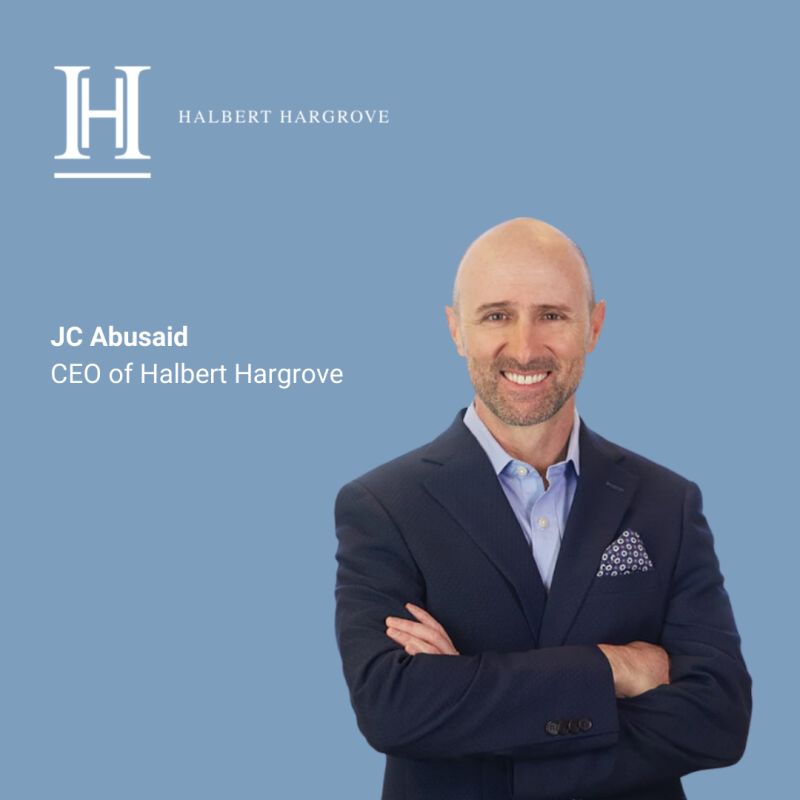By Elizabeth Gravier, CNBC featuring By JC Abusaid, CEO/President
On Wednesday, the Federal Reserve announced another rate increase, this time by a quarter percentage point to a range of 4.75% to 5.00% — an expectedly smaller bump given the recent bank failures.
For everyday consumers, the rate raise means the continuation of a familiar story: It’s becoming even more expensive to borrow and more rewarding to save. But even as savings accounts’ annual percentage yields (APYs) rise higher, does it make sense to keep switching accounts between banks to chase the highest rate?
Below, CNBC Select identifies two questions to ask yourself that will help you decide if switching accounts is worth the hassle.
What rate is your savings currently earning?
First things first — take a look at the current APY on your savings account. If you’re saving with a traditional brick-and-mortar bank, you’re more likely to benefit from a switch, while a customer with cash in an online high-yield savings account may already earn a pretty decent APY. This is because traditional banks with physical branches often have more overhead costs to pay for, which translates into lower rates being passed onto their customers.
Most savings accounts with traditional banks earn close to the national average APY (just 0.37% at the time of writing). Considering today’s top high-yield savings are offering APYs around 5% (more than 13X the national average), moving your savings from a traditional bank to an online one offering a high APY is well worth it, assuming you’re comfortable working with a primarily digital institution.
The FDIC-insured UFB Preferred Savings account, for example, is offering one of the highest interest rates currently available at up to 5.
02% APY, and with no cap and no minimum deposit requirement. At the time of writing, all balance tiers earn this APY.
Take note that UFB doesn’t always automatically enroll its customers into new UFB accounts with higher APYs if available at the bank; the account holder has to contact the bank. Another option for savers is the FDIC-insured Vio Bank’s Cornerstone Money Market Savings Account, which functions as a high-yield savings account. It currently offers 4.50% APY with no cap and a minimum $100 deposit.
Once your cash is in a high-yield savings account, it’s often not worth the effort to switch to another bank offering a slightly higher APY (such as less than 1% more).
This is especially true if your balance is low (more on this below).
How big is your savings balance?
JC Abusaid, an accredited investment fiduciary (AIF) and CEO of wealth advisory firm Halbert Hargrove, tells CNBC Select that the decision to chase a higher savings APY also depends on how much one has in their savings account.


